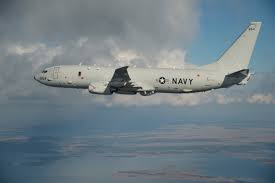
The Defense Department is making strides toward streamlining acquisition milestone decisions, but needs to do better, a recent Government Accountability Office (GAO) report said. GAO recommended DoD find and get rid of reviews and information requirements that are no longer needed and use pilot programs for more streamlined approaches so only essential information is provided to decision makers.In agreeing, DoD said its Better Buying Power (BBP) initiative introduced several streamlining efforts to reduce or get rid of unproductive processes and…













